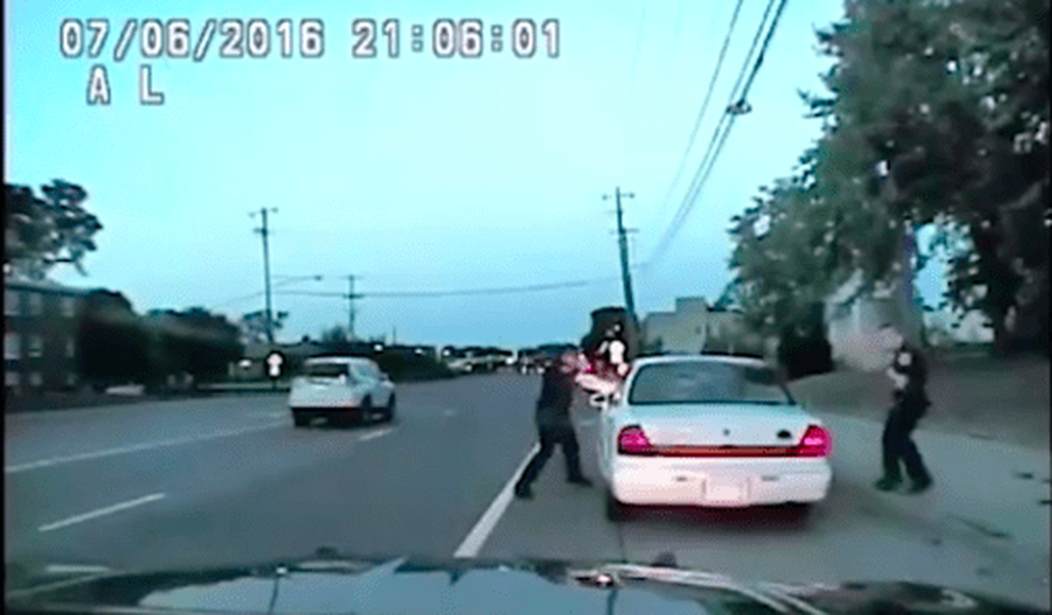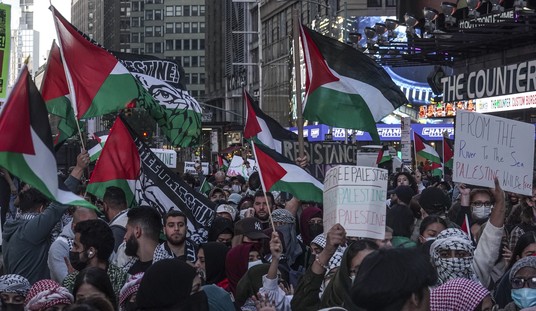Only in retrospect did the tragedy of the Philando Castile shooting become apparent. Today, we know that Castile was a decent man, that he was a beloved employee at a school cafeteria, and that he was licensed to carry the gun in his pocket when he was shot and killed by Officer Jeronimo Yanez of the St. Anthony, Minn., Police Department on July 6, 2016. And as the horror of it all became more starkly real, as more details about Castile’s life were revealed, the outrage that greeted Yanez’s acquittal became all the more justified.
Or so it would seem to anyone uninformed on the facts and applicable law. This is not to say it was a “good” shooting in the sense that Castile would have shot Yanez had he not been shot first. There is no evidence to suggest Castile planned to shoot the officer. But there was evidence, sufficient to acquit, that Yanez believed his life was in danger when he shot Castile.
One can be saddened by Castile’s death and still accept the jury’s verdict as just. There is an expression in the courthouse that applies to incidents like this one: “Awful but lawful.” It is especially apt in the death of Philando Castile.
We will leave aside the professed outrage at the verdict among those whose livelihoods – indeed their very existence – depends on their remaining in a state of perpetual grievance and encouraging others to do likewise. For such people, if that state of grievance is undermined by the law or the facts in a given case, said law and facts can be – must be – refuted, distorted, or ignored altogether.
And we will leave aside also the many people who, owing to busy lives, have paid scant attention to the Castile shooting and have based their opinions on media reports, most of which have been lacking in complete information. But when an anchor on a major news network declares Yanez’s acquittal to be “unbelievable,” as CNN’s Jake Tapper did on Twitter, one must wonder if he is truly baffled by the jury’s decision, in which case is proof that he hadn’t bothered to follow the case closely, or if he is merely feigning incredulity so as to manufacture outrage and increase his network’s ratings. Neither explanation reflects well on Mr. Tapper.
unbelievable. #PhilandoCastillehttps://t.co/UXmTOzEEie
— Jake Tapper (@jaketapper) June 20, 2017
Any honest examination of the Castile shooting and the jury’s verdict must begin with an understanding of the U.S. Supreme Court case Graham v. Connor, decided in 1989, in which a unanimous Court held that “[t]he ‘reasonableness’ of a particular use of force must be judged from the perspective of a reasonable officer on the scene, rather than with the 20/20 vision of hindsight.”
The Court further held that “[t]he calculus of reasonableness must embody allowance for the fact that police officers are often forced to make split-second judgments – in circumstances that are tense, uncertain, and rapidly evolving – about the amount of force that is necessary in a particular situation.”
The “Graham” of the case title was Dethorne Graham, who in 1984 was detained and roughly treated by police officers in Charlotte in the honest but mistaken belief that he was a robbery suspect. He was seen by officers hurriedly entering and exiting a convenience store, and he was detained for the amount of time needed to determine if he had in fact robbed the store.
It turned out that Graham, a diabetic, was having an insulin reaction and had gone into the store to buy orange juice to counteract it. When he saw a long line at the counter, he returned to his friend’s car and asked to be driven to a friend’s house. He and his friend were then stopped by police.
So, although Graham had not robbed the store or committed any crime, the Court nonetheless held that the officers had acted reasonably in investigating his behavior and using force to detain him.
Now apply the Court’s Graham standard to the shooting of Philando Castile. Officer Yanez knew nothing about Castile, save for Castile’s possible resemblance to a man who days earlier had robbed a nearby store. After radioing for another officer to join him, Yanez made a traffic stop and approached Castile.
The dash-cam video of the stop, released after Yanez’s trial, shows the officer approaching the driver’s side of the white Oldsmobile and speaking with Castile. Castile’s girlfriend, Diamond Reynolds, is in the front passenger seat; her 4-year-old daughter is in the backseat.
Yanez tells Castile he has stopped him for broken brake lights. (Which was true, as far as it goes, but it was subterfuge; it is inadvisable to tell someone you have stopped that you suspect him of a robbery until you have him safely detained.) He then asks to see Castile’s driver’s license and proof of insurance. Castile produces what appears to be his insurance card, which Yanez inspects briefly. CNN transcribed subsequent interaction as follows:
Castile: Sir, I have to tell you I do have a …
Yanez: OK.
Castile: … firearm on me.
Yanez: OK
Castile: I (inaudible)
Yanez: Don’t reach for it then.
Castile: I’m, I, I was reaching for …
Yanez: Don’t pull it out.
Castile: I’m not pulling it out.
Reynolds: He’s not.
Yanez: Don’t pull it out.
The transcript fails to capture the urgency in Yanez’s voice in his final command, but it is evident in the video that the officer suddenly became alarmed at Castile’s actions. Yanez drew his weapon and fired seven times, killing Castile.
With the benefit of hindsight, it’s easy to say that Castile was merely reaching for his wallet so he could produce his driver’s license as requested. But, as the Supreme Court instructs, we cannot rely on hindsight when we place ourselves in Officer Yanez’s position.
Whatever Castile did that so alarmed Yanez is not seen in the video, nor is it shown in Reynolds’s surreal Facebook video that begins after the shooting. But something Castile did made Yanez think his life was in danger. All we have is Yanez’s testimony, ineffectively countered by the prosecution, that he felt threatened. For the jury, this apparently provided sufficient doubt to acquit.
And where was Castile’s gun? There was conflicting testimony in the trial about where it was found, but there are fleeting portions of Reynolds’s Facebook video where an object that may be a gun is visible on Castile’s lap. If it’s not a gun, what is it, and if it is, why is it visible if Castile hadn’t pulled it out?
The Supreme Court’s reference to “circumstances that are tense, uncertain, and rapidly evolving” is especially pertinent when evaluating the Castile shooting. Indeed, a mere five seconds elapsed between Yanez’s final words to Castile (“Don’t pull it out!”) and the final shot.
Far from being “unbelievable,” the jury’s verdict was a logical, even predictable outcome for anyone who, like the jury, merely examined the evidence and understands the law.









Join the conversation as a VIP Member